In a series of workshops hosted by the Goriška Local Energy Agency, Ministry of Environment, Climate and Energy, and Jožef Stefan Institute, the TIMEPAC project discusses the evolution of energy performance certification and use of advanced tools for sustainable energy planning at the local level in Slovenia. The events, held on the 9th and 14th of November and 7th of December 2023, brought together key stakeholders from diverse sectors to engage in discussions, identify imperfections, and propose improvements of the energy performance certification in the Slovenian context. The last event was organized in cooperation with the project LIFE IP Care4Climate and its activity C4.3: Upgrading local energy concepts (LECs), and served as an excellent example of connecting two distinct EU projects.
Different experts from state ministries, local energy agencies, energy service companies, municipalities, companies, independent energy performance certifiers, academia, energy and building managers from public and private sector actively participated in workshops. The joint effort facilitated a valuable exchange of views, opinions, insights, and ideas, enabling a more profound understanding of the energy performance certification process in Slovenia.
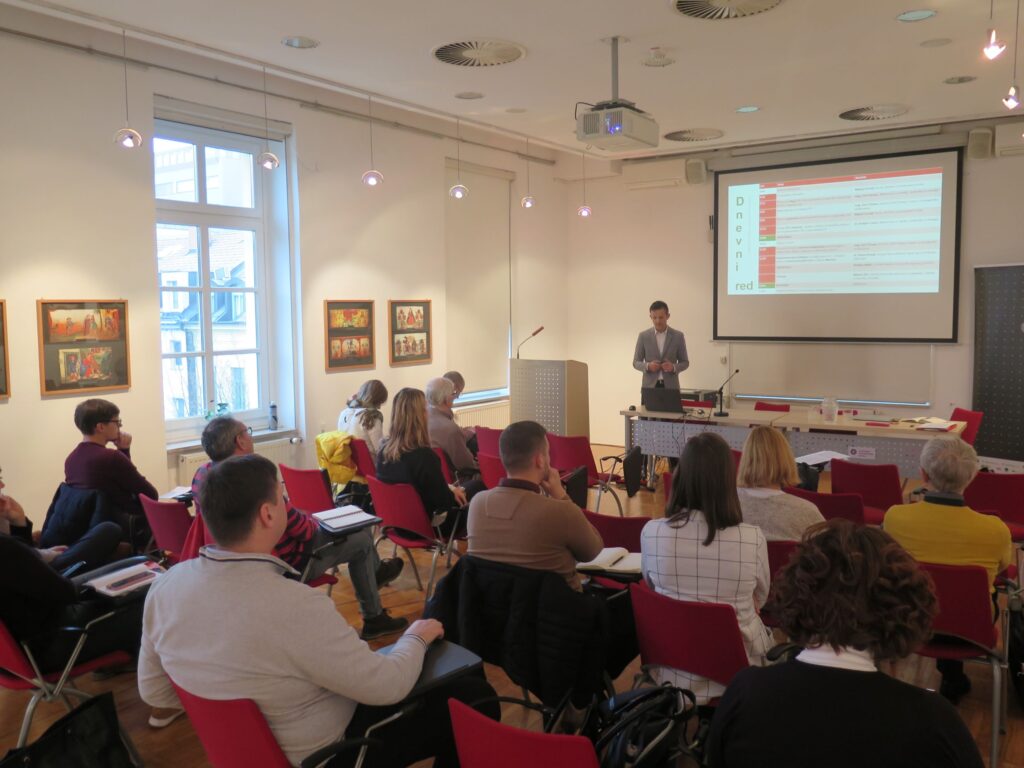
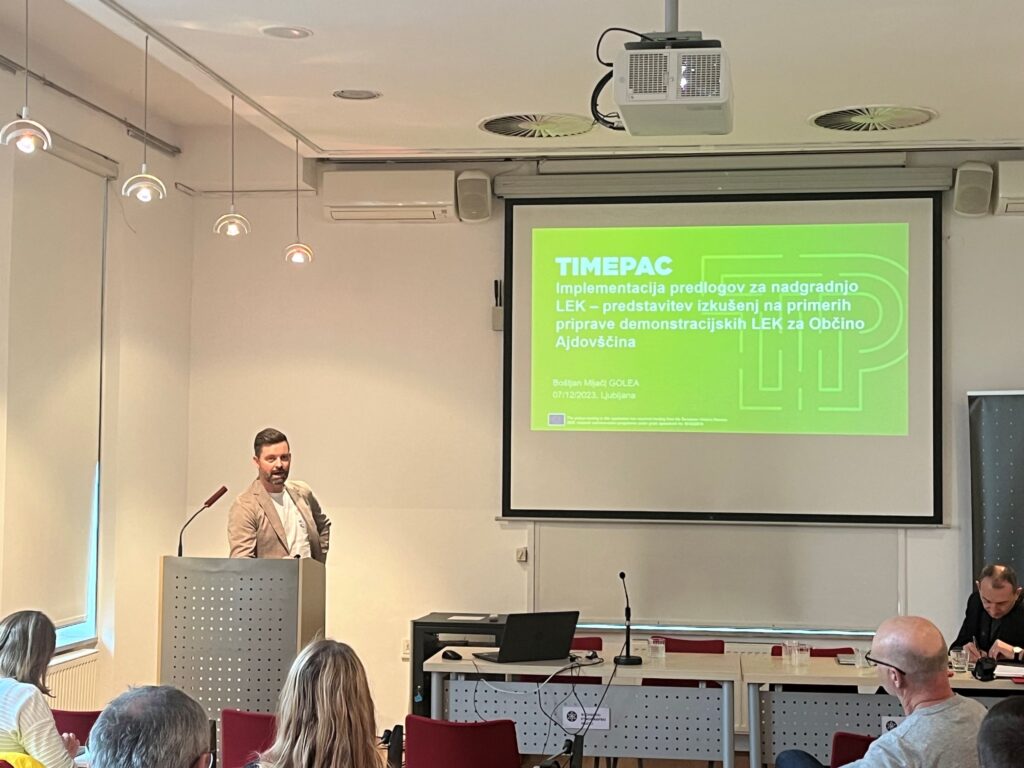
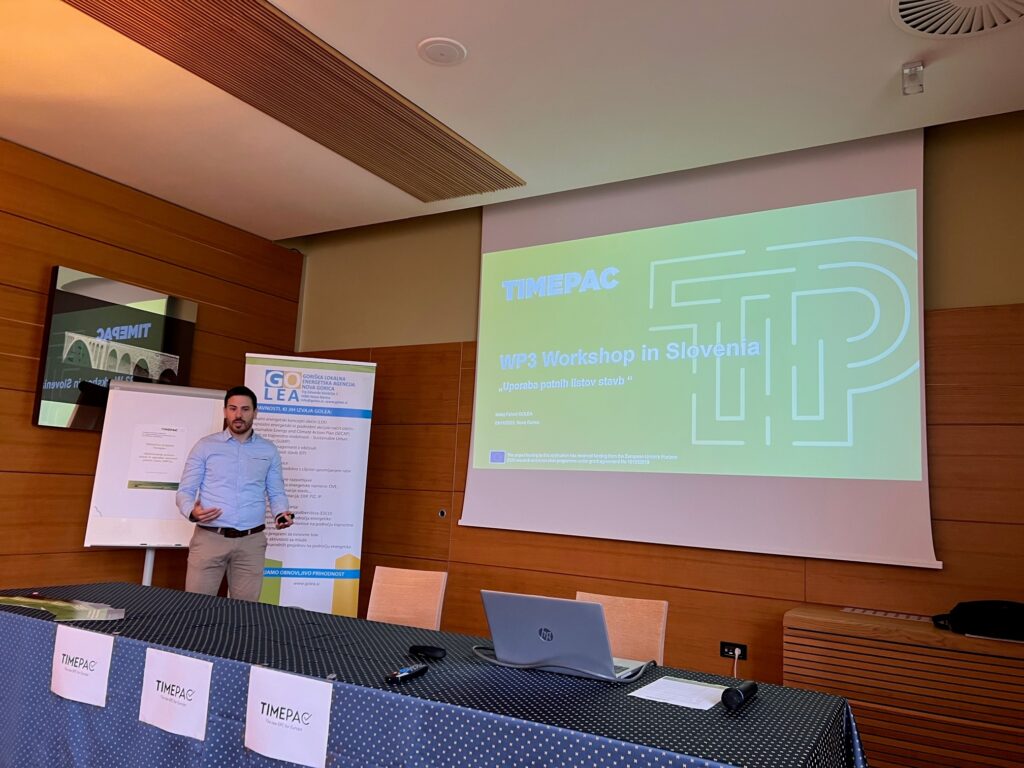
Bridging Gaps with Combining Activities (Energy Performance Certification, Energy Auditing, and Re-Commissioning) and Advanced Methods and Tools (BIM, BEM, SRI and New Indicators)
Stakeholders confirmed that combining these activities and tools offers a more comprehensive evaluation of a building’s energy performance, capturing details that might be missed when these methods are not used in a systematic manner. It also allows for more accurate benchmarking against similar buildings and standards, providing a clearer understanding of where improvements can be made. It has been also confirmed that integrating energy performance certification with auditing and re-commissioning enables the identification of specific inefficiencies and targeted recommendations for improvement. Advanced methods like Building Information Modeling (BIM) and Building Energy Modeling (BEM) facilitate detailed modeling and simulation of energy flows, helping to predict the impact of proposed changes with greater accuracy and thus guide the optimization of energy consumption. However, several challenges are also recognized. The main challenge is connected with the implementation costs. Unfortunately, clients in Slovenia are not well aware that enhanced EPC is the first step in identifying and implementing energy-saving measures, which should lead to substantial cost savings over time. The introduction of new indicators, such as the Smart Readiness Indicator (SRI) or sustainability indicators, was welcomed as an enhancement to energy performance evaluation. Stakeholders confirm that SRI has a potential to encourage adoption of the latest technologies and practices in buildings. It provides a comprehensive framework with the potential to ensure that buildings are better prepared for future energy challenges and regulations, promoting energy flexibility, long-term resilience and adaptability. The importance of proper planning, clear definitions of responsibilities and implementation procedures (in terms of necessary skills, data sharing, and software) was highlighted by all participants.
Measurement and Verification, Operational Data, Occupant Behavior, and Digitalization
Stakeholders confirm that improvements in energy efficiency often correlate with improvements in indoor environmental quality, enhancing occupant comfort, health, and productivity. However, there is a need for clear definition of measurement and verification procedures. Measurement and verification should provide accountability for energy performance, offering a way to validate and certify the results of energy-saving projects. Additional emphasis was given to the need for use of operational data and acknowledging the increasing influence of occupants and users in the energy certification process. Stakeholders highlighted that operational data reflects the actual energy use and performance of a building, rather than theoretical or modeled estimates. Actual energy performance data is critical for understanding the effectiveness of energy efficiency measures. It was also acknowledged that the access to detailed operational data allows for ongoing monitoring and optimization of building systems, leading to continuous improvements in energy efficiency. The key challenge is connected with understanding and integrating occupant behavior into energy performance certification. It definitely can lead to more accurate assessments and highlight opportunities for energy savings through behavioral changes. Representatives of ESCOs highlighted that recognizing the role of occupant behavior enables the development of more customized and effective energy-saving solutions, such as user-focused controls and feedback systems.
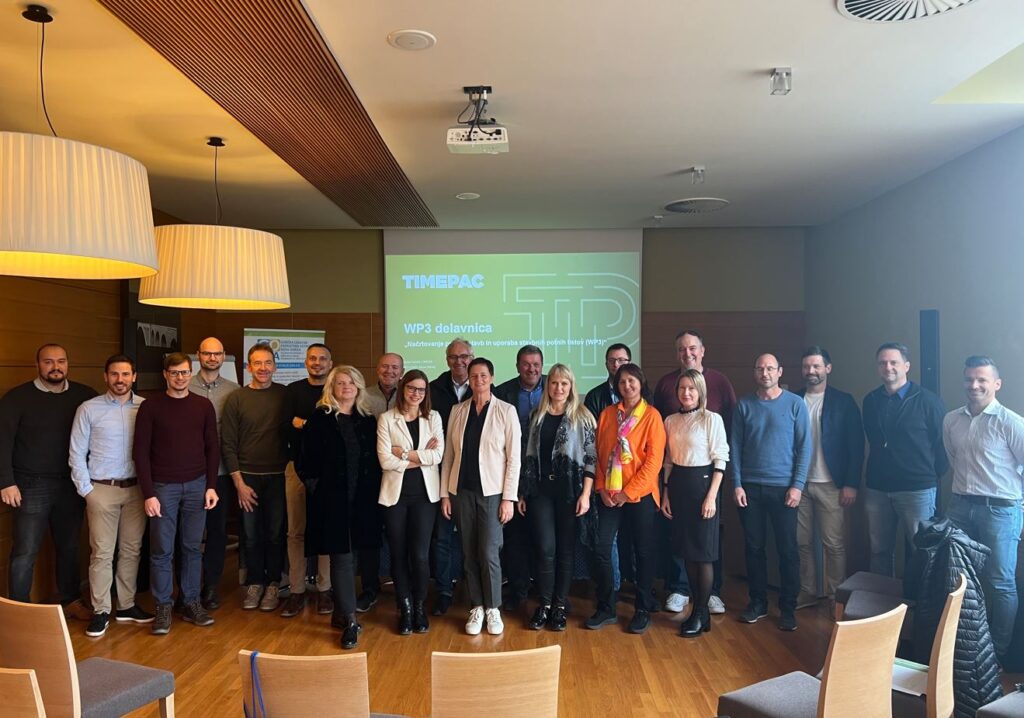
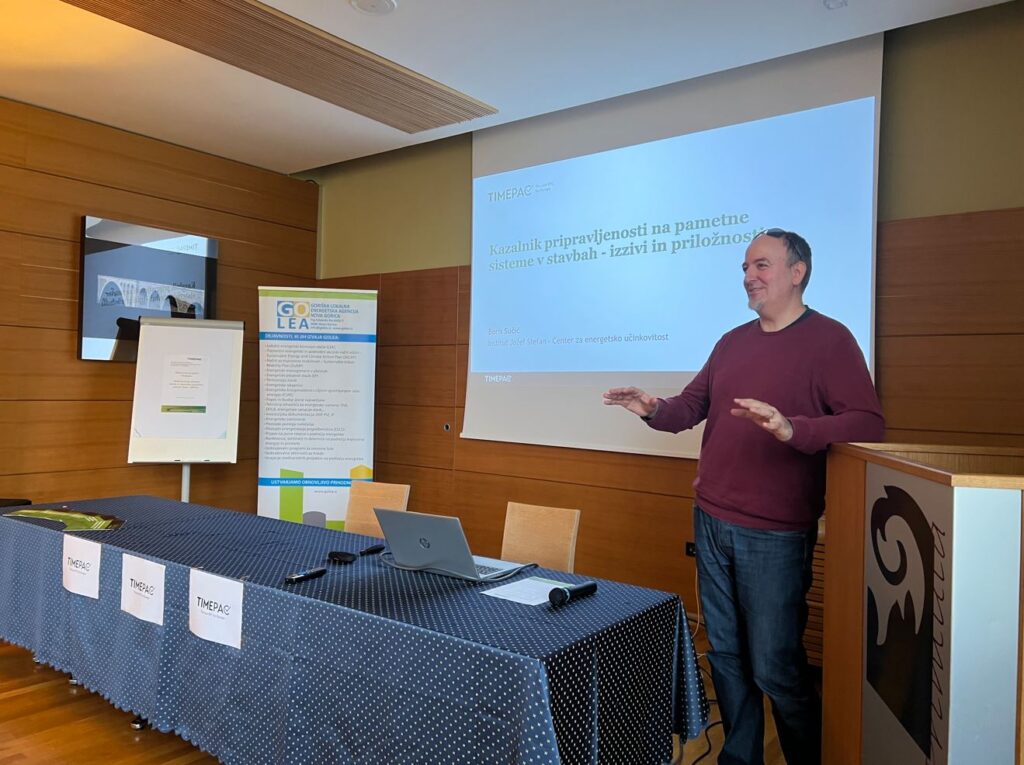
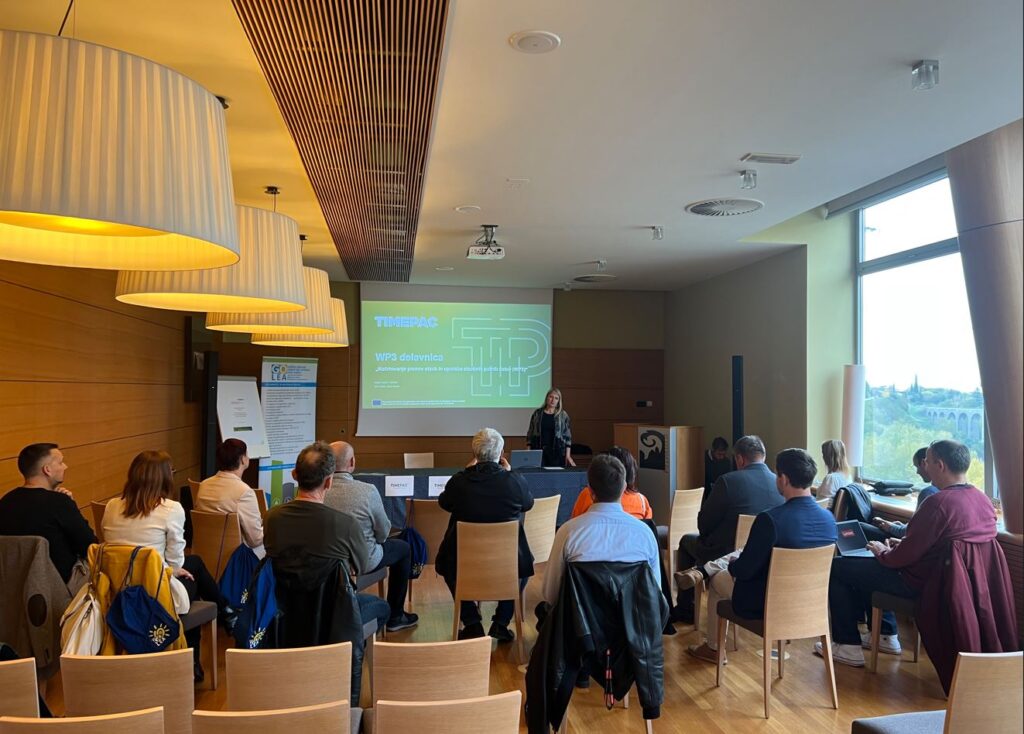
The information gathered in TIMEPAC Verification Scenario workshops in Slovenia clearly confirmed that bridging gaps in energy performance certification through a combined and advanced approach not only enhances the accuracy and effectiveness of energy assessments but also drives improvements in energy efficiency, sustainability, cost savings, and occupant well-being. This positions buildings for better performance and value, both presently and in the future. Lessons learned from these workshops will be instrumental in the creation of new training materials that will be exploited through TIMEPAC Academy. The TIMEPAC project continues to aid building experts in achieving sustainability goals through enhanced energy performance certification, ensuring buildings not only meet current energy efficiency standards but are also adaptable to future standards and technologies. Clear definitions and methodologies augment transparency in the energy certification process, thereby building confidence among building owners, occupants, investors, and regulatory bodies in the reported outcomes.
Workshop presentations (9/11/2023):
- Matej Pahor – Uporaba potnih listov stavb
- Boris Sučić – Kazalnik pripravljenosti na pametne sisteme v stavbah – izzivi in priložnosti
- Boštjan Mljač – Načrtovanje prenove stavbnega fonda in uvedbe OVE skozi pilotni primer DEMO LEK Ajdovščina
- Matej Pahor – Načrtovanje prenov stavb lokalnih skupnosti
- Vanja Cencič – Načrtovanje prenov stavb in uporaba stavbnih potnih listov (WP3)
Workshop presentations (6/12/2023)
- Jure Čižman – CEU_NadgradnjaLEK
- ENERGAP_Nadgradnja lokalnih energetskih konceptov
- Focus_delavnice LEK_LJ
- GOLEA_Implementacija predlogov za nadgradnjo LEK predstavitev izkušenj DEMO LEK Ajdovščina LEK BM IzziviPriprave_in_IzvajanjaLEK_v0
- MOPE_Predstavitev LEK zaključna konferenca PPT_KSSENA_Šilc_december23
- Projekt RES Slovenia_kratek povzetek